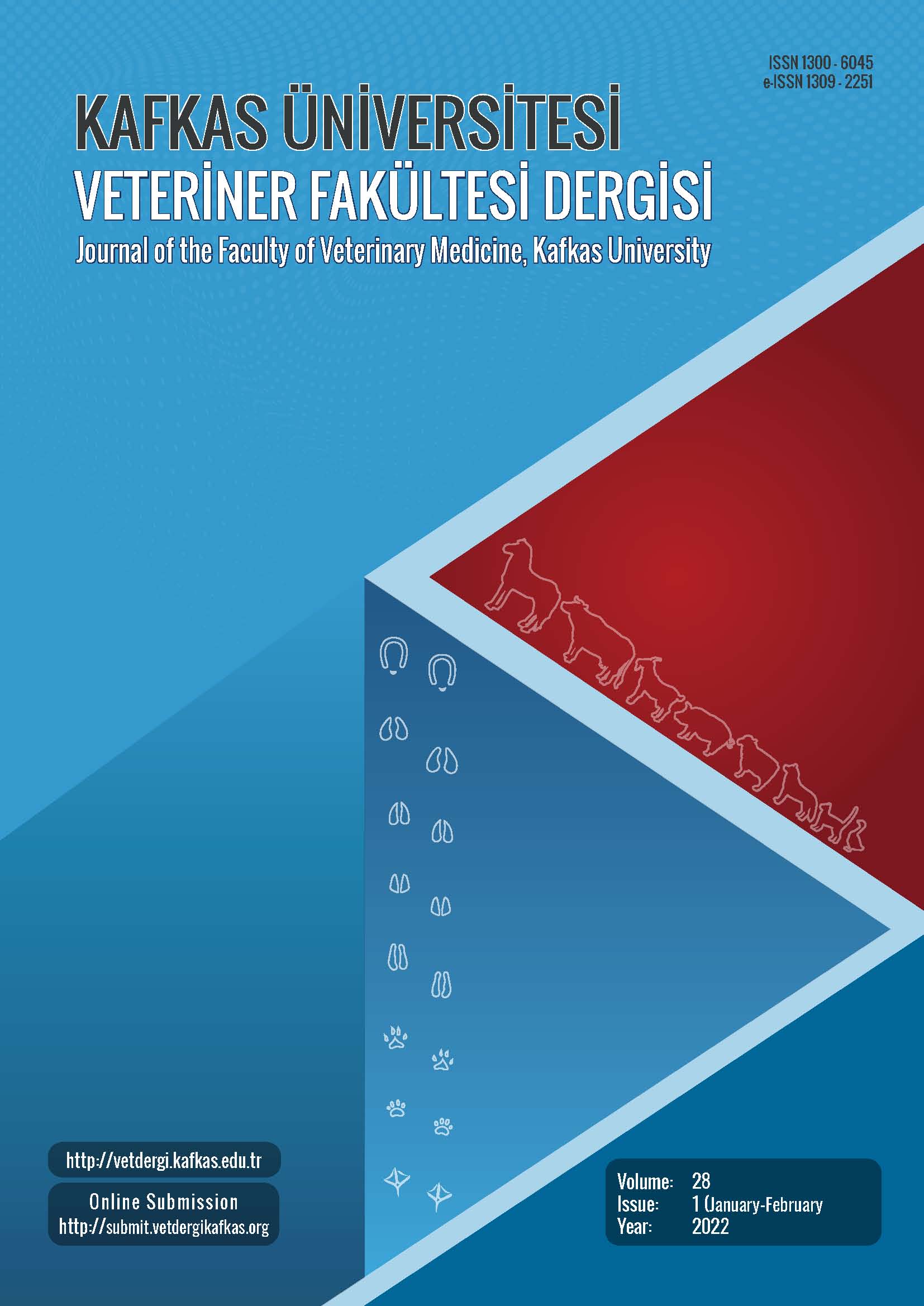
This journal is licensed under a Creative Commons Attribution-NonCommercial 4.0 International License
Kafkas Üniversitesi Veteriner Fakültesi Dergisi
2022 , Vol 28 , Issue 2
A Methodological Review on the Pharmacokinetic/Pharmacodynamic Integration of Antibacterial Drugs
1College of Animal Science and Veterinary Medicine, Henan Institute of Science and Technology, Xinxiang453003, Henan, P. R. CHINA2Postdoctoral Research Base, Henan Institute of Science and Technology, Xinxiang453003, Henan, P. R. CHINA
3Postdoctoral Research Station, Henan Agriculture University, Zhengzhou450046, Henan, P. R. CHINA DOI : 10.9775/kvfd.2021.26849 Inappropriate application of antimicrobial agents can result in resistance by bacteria to drugs and changes in bacterial ecology. In particular, the emergence of multi-drug resistant bacteria seriously aff ects the antibacterial effi cacy of drugs, which threatens the health and lives of humans and animals. Pharmacokinetic/Pharmacodynamic (PK/PD) models can be used to analyze the relationship between PK and PD data and the antibacterial eff ect. PK/PD models provide valuable guidance for optimization of dosage regimens, development of new drugs, setting of susceptibility breakpoints, and analyses of resistant mutants. Th e main models of PK/PD integration are in vitro PK/PD, ex vivo PK/PD, and in vivo PK/PD. Each of these models has its own advantages and disadvantages. Hence, knowing how to choose the appropriate PK/PD model has a huge infl uence on obtaining accurate PK/PD data. In this review, we describe the commonly used PK/PD methods. In this way, we provide a reference for optimizing drug regimens and preventing and controlling drug-resistant bacterial infections. Keywords : Antibacterial drugs, PK/PD integration model, Multi-drug resistance, Dosage regimen optimization, In vivo PK/PD model










